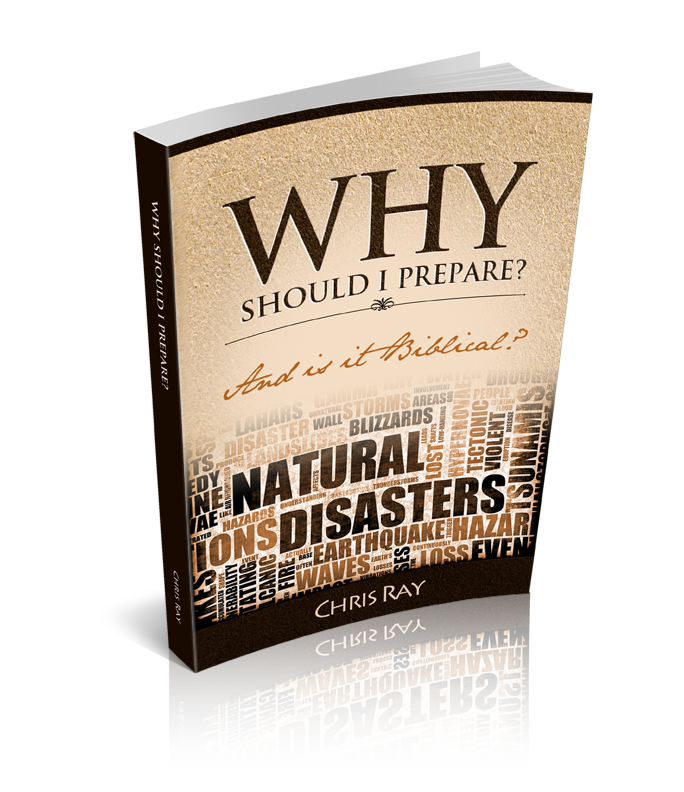I’ve said before that I’m a novice when it comes to economics, but even a novice can see that our economy is and has been in trouble. So what do we do? I don’t mean “we” as a country, I mean “we” as Prepper’s, what do we do?
I don’t claim to have all the answer’s but here are some things that I think are a good idea.
Get out of Debt
Kill it, throw every extra cent you have at it, make it go away as fast as possible. It is stealing from your future. If you’re in debt and serious about getting out of it, there are many different methods of doing so. One I have found, that is actually offered as a ministry at my church is Crown Financial Ministries. They take a Biblical approach, giving to God what is His, showing you how to be good stewards with the rest.
Precious Metals
If you’re new to precious metals, I wrote a two part series called Primer for Precious Metals (Part One and Part Two. I really think people should be investing in precious metals. I think silver has much more of an up-side right now. So far, I have stuck to one ounce silver eagles, but am really looking at “junk” pre-1965 coins. Just be sure to stick to under $500 so it’s not reportable to the IRS. As the dollar continues to slide, I think people will turn to gold and silver for barter. In fact, while at a gun show last weekend, I noticed a booth selling AR-15’s and accessories with a sign that said they would take gold as payment.
Invest in Lead, Specifically Copper Jacketed Lead
I think prices are going to rise and availability is going to be more scarce than it was after the President was elected, especially if he gets re-elected.
Buy Second Hand
Make use of garage sales, Craig’s List or FreeCycle, The Salvation Army or any other place that sells used goods. Do a search for “barter networks” and you’ll find all kinds of ways to barter and trade your goods or services for others.
Prepare Now
I don’t think we’ll see an economic collapse that happens overnight where the banks are just closed. I think we’re already in the midst of a slow decline. Our dollar still holds value and will continue to, only less and less as time goes on. If you have any purchases that you have been putting off, I say “if you can afford it, now might be the time to get it, without going into debt”.
Shop Farmers Markets
If you have a farmer’s market near you, it’s a great way to get fresh produce as well as enough to preserve for future use. Some of these people might be willing to barter labor for food.
Closing Thoughts
The pain is coming and it’s unavoidable. The only questions are “when?” and “how much?”. The good thing about all of the items I mention, is that whether it’s six months or six years, you’re taking steps to increase your financial preparedness.




